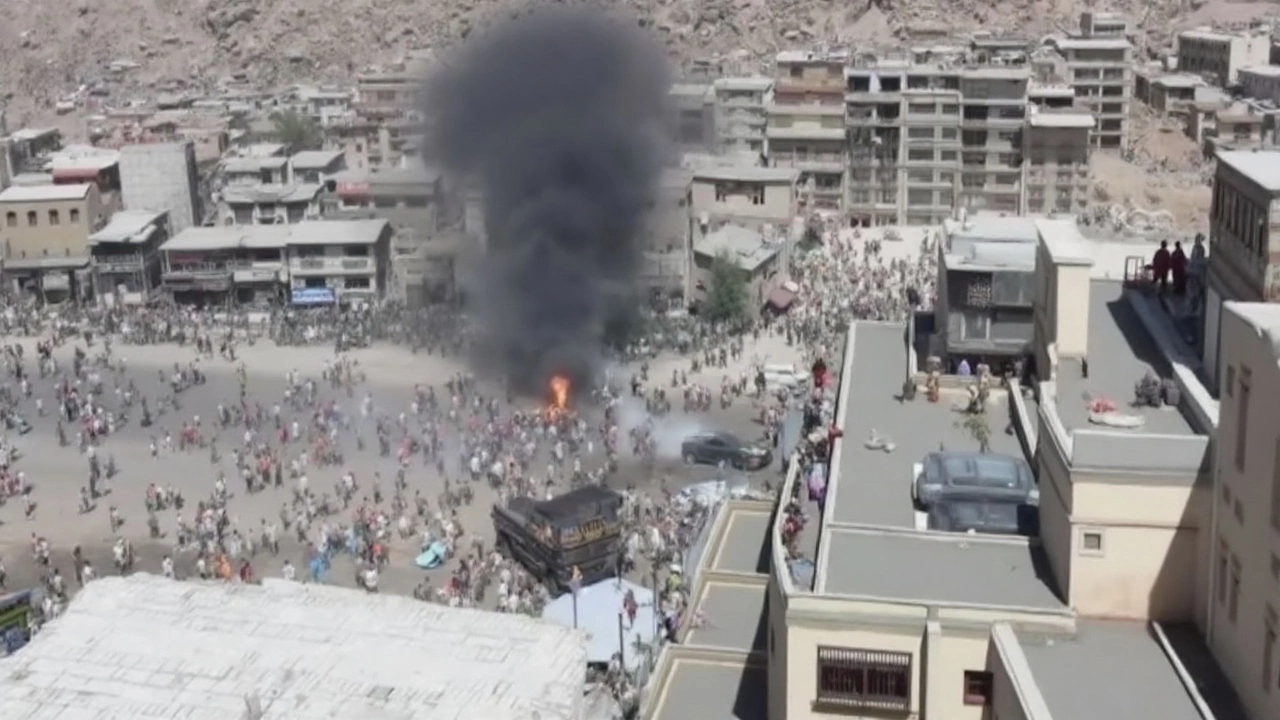Ladakh Statehood: What It Is and Why It Matters
Ever wonder why people keep talking about turning Ladakh into a full state? It’s not just a political buzzword – it’s about giving the region more control over its own affairs, resources, and development. In this guide we break down the basics, look at the history, and explore what real change could look like for the people of Ladakh.
History of Ladakh's Administrative Status
Ladakh used to be part of the larger state of Jammu & Kashmir. When the Constitution of India was adopted in 1950, Ladakh was treated as a special region within that state. In 2019, the Indian government revoked Article 370, which gave J&K special status, and split the state into two union territories – Jammu & Kashmir and Ladakh. As a union territory, Ladakh now answers directly to the central government and has a limited local legislature.
This shift sparked a new debate: should Ladakh stay a union territory, or should it become a full-fledged state? Supporters argue that statehood would provide a bigger budget, more legislative power, and a stronger voice in Parliament. Critics worry about administrative costs and the potential for political friction with neighboring regions.
What Statehood Could Change
First, financial autonomy would increase. States get a larger share of tax revenue and can design their own development plans. For Ladakh, that could mean better roads, schools, and hospitals in the remote high‑altitude areas that often get left behind.
Second, a state government could create laws that suit Ladakh’s unique cultural and environmental needs. Think about protecting the fragile Himalayan ecosystem or supporting local artisans with tailored policies – something a central administration might overlook.
Third, political representation would grow. A full state gets more seats in the Lok Sabha (the lower house of Parliament) and its own legislative assembly, giving locals a louder voice on national issues.
On the flip side, building a new state machinery takes time and money. There’s also the challenge of balancing development with preserving Ladakh’s delicate ecology and heritage. Any plan has to involve local stakeholders, from community leaders to youth groups.
So, what’s happening right now? The central government has set up a high‑level committee to study the demand for statehood. Public consultations are ongoing, and many Ladakh residents are organizing rallies, submitting petitions, and using social media to share their views.
If you live in Ladakh or follow the region, staying informed is key. Keep an eye on official announcements, read local news outlets, and watch for community meetings. The outcome will shape everything from job opportunities to how the region manages its water resources.
Bottom line: Ladakh statehood isn’t just a headline – it’s a conversation about self‑determination, development, and protecting a unique way of life. Whether it becomes a reality or not, the debate is already pushing the region toward more local involvement in decision‑making, which is a positive step for anyone who cares about Ladakh’s future.
Leh Protests Turn Deadly: CRPF Vehicle Burned, Four Killed Over Ladakh Statehood Demands
On Sep 24, 2025 violent protests erupted in Leh over demands for Ladakh statehood and Sixth Schedule status. Student demonstrators set fire to a BJP office and a CRPF vehicle, sparking clashes that left four dead and more than 70 injured. The unrest followed a 15‑day hunger strike by activist Sonam Wangchuk, who later called off the strike and urged calm. Authorities imposed Section 144 and shut down internet services to restore order.
